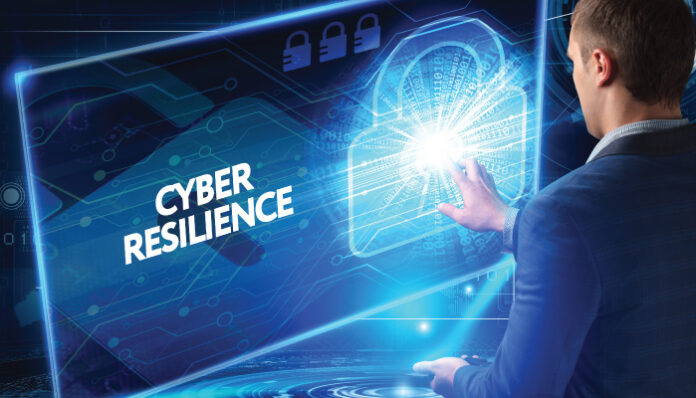Strengthening cyber resilience is a continuous journey and does not happen overnight. All companies are on an ongoing journey as they move within this continually shifting threat landscape. Organizations can confidently progress toward improved cyber resilience by prioritizing what needs to be done first, depending on risk.
With more cyber-attacks hitting the news every day and new threat actors emerging daily, cybersecurity has become a critical business requirement. Security leaders must simultaneously reduce complexity, safeguard against serious cyber threats, and support their organization’s digital transformation to remain competitive in a business environment that is evolving quickly.
Here are five steps businesses can adopt to increase their cyber resilience:
Increase Enterprise Cyber-Resilience by Accepting the Vulnerability of Hybrid Work
Businesses of all types and sizes have been compelled to shift to the cloud by the move to hybrid work. In response to the pandemic and the increase in remote work, businesses have increased their usage of the cloud, and since then, their use of off-premise technologies has grown. More individuals are now working in environments that are challenging to secure, like cloud apps, personal devices, across platforms, and remote networks. Security leaders, therefore, consider the cloud to be the digital component that is most vulnerable to attack and that hybrid work has made their company less secure.
Also Read: Why Identity Management is Crucial for Digital Transformation Progress
Even more so than malware, cloud and network vulnerabilities are now the top security issue for security leaders. The most vulnerable digital element is email and collaboration tools, both of which are extensively utilized for remote work.
Organizations can no longer afford to hide out behind the barriers of their internal corporate network. Instead, they must accept vulnerability as a feature of the hybrid environment and seek out strategies to reduce the impact of attacks on the organization.
Partnering with cloud specialists is one way to achieve this. It can often be challenging to secure the cloud as opposed to an internal network. Given that some of the primary cloud vulnerabilities include administrator errors, it is a good idea to have cloud security specialists on the team.
Reduce the Impact of Ransomware Attacks
Cybercriminals are profiting from businesses moving to the cloud. Ransomware attacks can have a significant impact on organizations. Along with the cost of the ransom, significant operational downtime, sensitive data disclosure, and reputational loss are all the aftereffects of a ransomware attack. Additionally, businesses that paid the ransom typically only receive a small portion of their data back, with many only receiving less than half their data back.
How, then, should security leaders respond? Currently, Zero Trust is the benchmark. Because phishing, Remote Desk Protocol (RDP) brute force, and insecure internet-facing systems are the three main entry points for ransomware attacks, companies can reduce damage by making attackers work harder to access various business-critical systems.
Less privilege access and other zero-trust principles are particularly good at stopping attacks from spreading across networks and finding critical data. Zero trust can be a valuable strategy for dealing with human-operated ransomware.
Also Read: Risks and Challenges of Migrating to Zero Trust Architecture (ZTA)
Cybersecurity Must Become a Strategic Business Function
An interesting mind-set shift is happening right now among CISOs – rather than focusing on preventing individual attacks, a good security posture places more emphasis on raising awareness of the threat landscape and strengthening cyber resilience.
The first step for security leaders who want to transform security into a strategic business enabler from a protective service is to evaluate the organization’s level of maturity with regard to zero trust. This can aid in establishing a robust security posture and proactive approach to cybersecurity that supports innovation, allows for more efficient hybrid work and enhances consumer experiences.
For more such updates follow us on Google News ITsecuritywire News. Please subscribe to our Newsletter for more updates.









